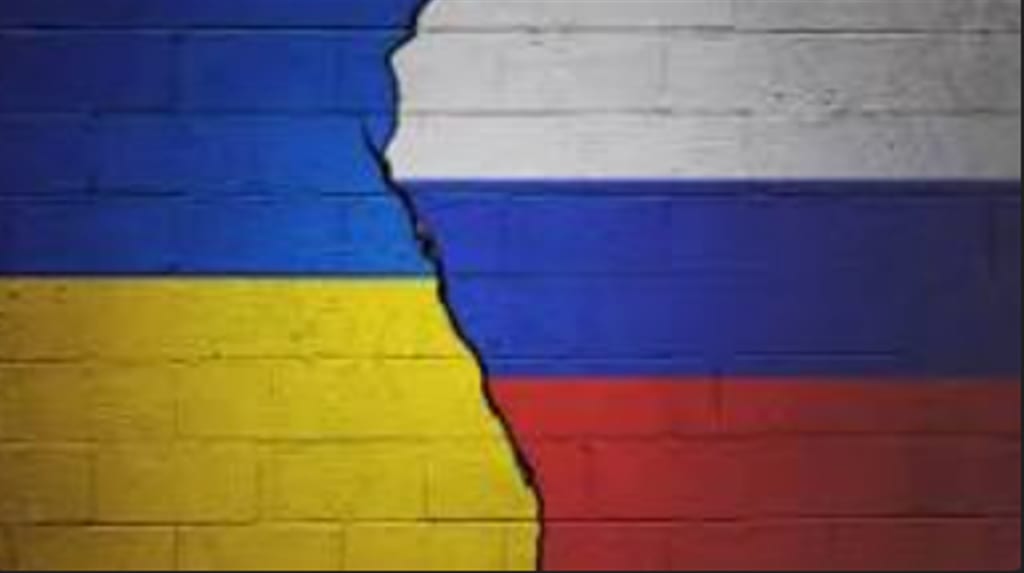
On day 1 of Ukraine and Russia,
Francis Brighton enters the war room with shocking information. He presents a folder of satellite images to the generals. The photos cause concern among the military leaders. Francis waits as each NATO member reviews the images. The last general returns the folder to Francis. The group discusses possible actions. Some suggest a counterattack, while others prefer maintaining the current situation. Putin's behavior is seen as dangerous. Some believe immediate action is necessary.
Francis types on his keyboard vigorously. He glances at the photo of his wife and newborn daughter. They look happy. But Putin wants to start a nuclear war. Francis checks the satellite feed. The trucks with tactical nukes are getting closer to the naval base. Hours pass. Francis updates the NATO generals about the Russian nukes. Putin's threat might actually happen. No movement at the Russian base. Francis thinks the nukes are on subs. But he has no proof. Only submarines could deploy nukes secretly. Francis is exhausted from staring at monitors. He goes to get coffee. He sees a missile on TV heading towards Ukraine. It hits and everything is destroyed. Francis is paralyzed with fear. He goes back to the control room for information. He needs to know the damage and what comes next.
NOW HITTING BACK- Missiles hit Kyiv as Russian forces. Russian forces will enter areas just outside Kyiv. Ukrainian units are defending positions on four fronts despite being outnumbered. Ukrainian forces downed an aircraft over Kyiv. The aircraft crashed into a residential building. Zelenskyy pleads for more international support. Sanctions announced so far were not enough. Increased radiation levels recorded at the site of Chernobyl. Chernobyl has been captured by Russian forces. Putin said the attack was to protect civilians in eastern Ukraine. The conflict has been ongoing for almost eight years. Putin warns other countries about interfering in Ukraine. Consequences will be unlike anything seen before.
Ukraine is prepared to defend itself and has initiated a complete military mobilization. The Ukrainian army currently consists of 250,000 active service members, along with 140,000 reservists. Prior to the invasion, the United States reported that Russia had amassed nearly 200,000 troops near Ukraine's borders.
Despite being aware that he is the primary target for the invading Russians, Zelenskyy remains resolute in his decision to stay in Kyiv.
As night fell, the atmosphere in Kyiv became tense. Many residents sought refuge in the underground metro stations, bringing along essential items such as sleeping bags, blankets, and even their pets. To pass the uneasy night, some engaged in activities like solving crossword puzzles in the makeshift bomb shelters.
Russia meticulously planned and executed its military aggression against Ukraine, starting with the seizure of Crimea on February 20, 2014. This fact is acknowledged by the Russian Ministry of Defense itself, as evidenced by the departmental medal "For the return of Crimea." It is important to note that this occurred even before Viktor Yanukovych fled from Kyiv on the following day. The Verkhovna Rada of Ukraine only adopted the resolution dissociating the President from his constitutional powers and calling for early presidential elections on February 22, 2014, which Russia later used as a pretext to accuse Ukraine of an unconstitutional coup.
The Russian aggression was not limited to the illegal occupation of Crimea and Sevastopol. It aimed to dismantle Ukraine as an independent state, as the Kremlin believed that Russia could not achieve global leadership without controlling Ukraine. A democratic and prosperous Ukraine posed a threat to the authoritarian rule in Russia. Consequently, Russia attempted to destabilize the eastern and southern regions of Ukraine, with the goal of establishing a quasi-state called "Novorossiya." Russian President Vladimir Putin openly discussed this plan on April 17, 2014, during the "Dialogue with the Russians" TV program. Although we managed to disrupt the full implementation of his plans, Russian regular troops and proxies still occupied certain areas in Donetsk and Luhansk regions.
It is crucial to recognize that military aggression was just one aspect of Russia's hybrid warfare against Ukraine. The courage of the Ukrainian people and the solidarity of the international community played a significant role in halting the Russian invasion.





Comments
There are no comments for this story
Be the first to respond and start the conversation.